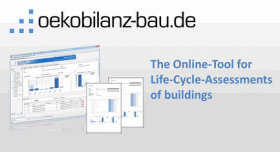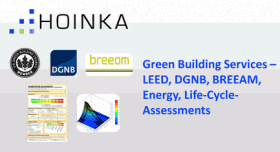04.01.2017 Plasticizers, particularly phthalates, are added to plastic products to make them more flexible. These substances can harm humans and the environment. Plasticizers are also considered in the DGNB system under the criterion “Risks for the local environment”.

Image: © Vladimir Bikhovskiy – Fotolia.com
Plasticizers in building products
Plasticizers are added to brittle plastic products in order to make them more elastic and more suitable for their respective applications. They are used in many plastic parts in everyday life and are also an additive in construction materials, such as paints and coatings, sealants, adhesives, and plastic windows.
Various chemicals are used as plasticizers, phthalates being the most frequently used. According to a publication by the District Office for the Environment, plasticizers can be released from the products containing them and thus harm human beings and the environment. Phthalates are suspected to affect hormones and cause fertility disorders and weight gain.
Plasticizers in the DGNB system
Plasticizers are considered in ENV 1.2 “Risks to the local environment” in the DGNB system. To meet the highest quality standard in this criterion, inks and coatings used must be solvent- and plasticizer-free according to VdL-RL01. The same applies to wallpaper paste. In addition, sealants and products made of plastics are considered with regard to their content of plasticizers in order to promote healthful and low-pollutant building materials.
We are happy to assist you with rating your products in accordance with the DGNB. >> contact

 English
English










